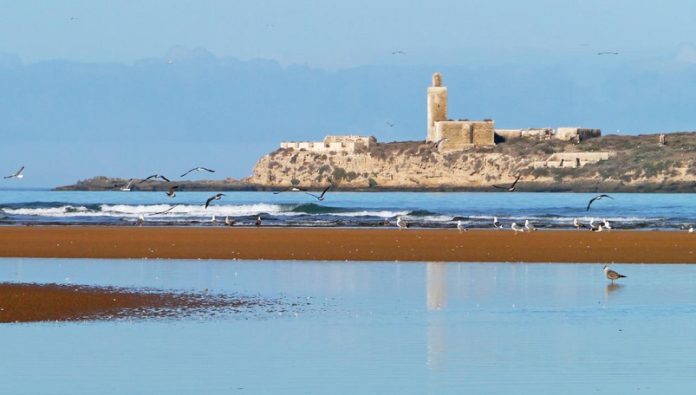A team of scientists has discovered rare marine fossils on Mogador Island, just off the coast of Essaouira, Morocco — offering new insight into the region’s role in ancient Roman trade networks.
Published in the Journal of Island and Coastal Archaeology, the study reveals that the fossils, known as brachiopods, were uncovered at a Roman-era archaeological site. These fossils are believed to be millions of years old and come from a species called Lamellaerhynchia rostriformis, which lived during the Cretaceous period, around 100 to 145 million years ago.
What makes this find especially intriguing is that these fossils are not native to the island. Based on geological analysis, researchers believe they were originally from an area about 50 kilometers southeast of Mogador, where rocks from the Hauterivian geological layer (dating back 129–132 million years) are found.
The fossils appear to have been transported to the island between the 1st and 3rd centuries AD, most likely via Roman trade routes. This theory is supported by a previous discovery in the 1960s, when similar fossils were found stored inside a Roman amphora — a type of clay jar used to transport goods like wine or oil.
While the fossils themselves had no direct economic value, scientists suggest they might have been exchanged as symbolic or ritual objects, possibly believed to have magical or healing properties. Another theory is that they were simply collected and transported by local shepherds or traders as part of everyday trade activity.
Historically, Mogador Island has been recognized as a key trade outpost from Phoenician through Roman times. This discovery adds to our understanding of how far-reaching and diverse ancient trade in the region really was — not just in luxury goods like sandarac wood, which the Romans highly valued, but also in unexpected items like ancient marine fossils.



